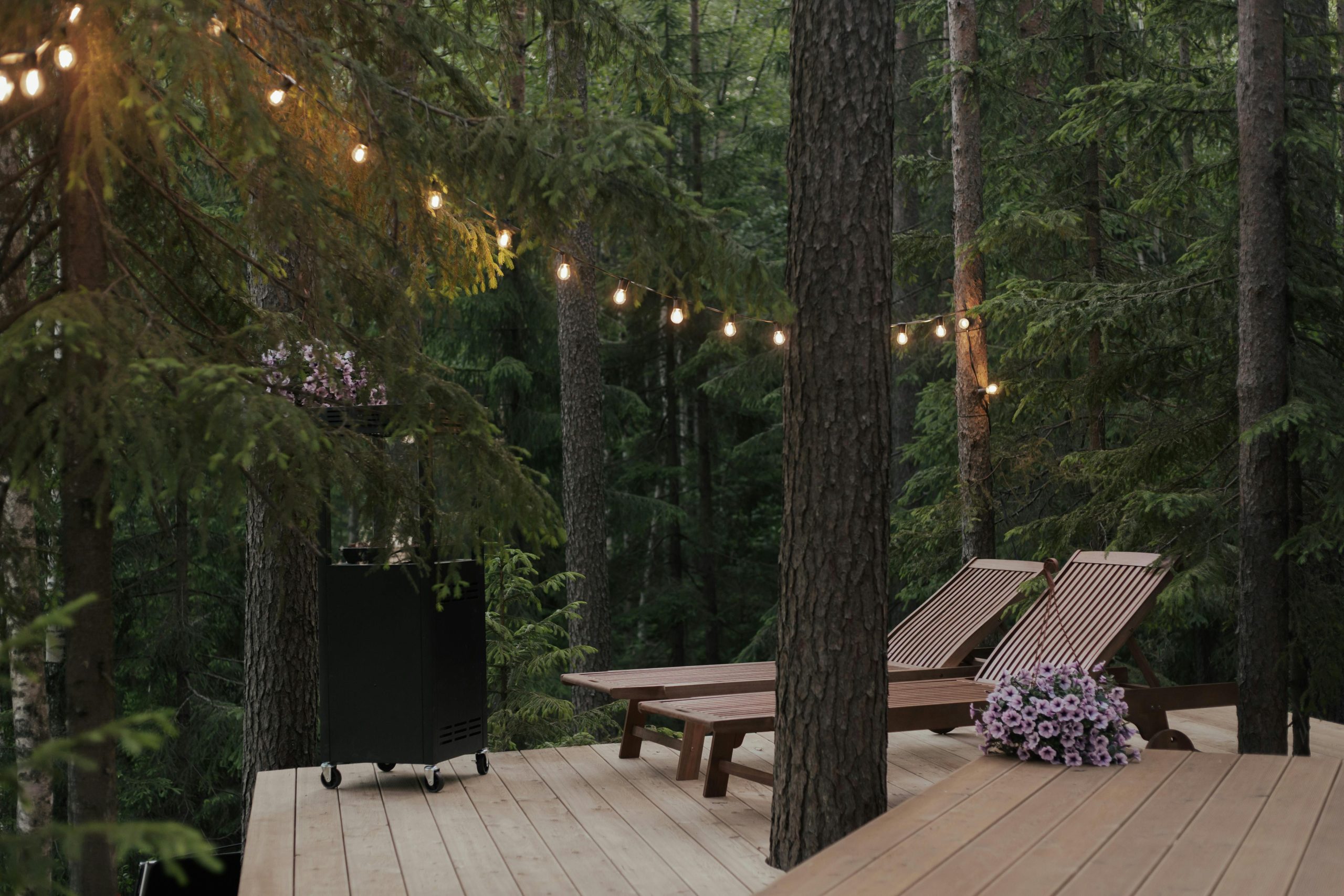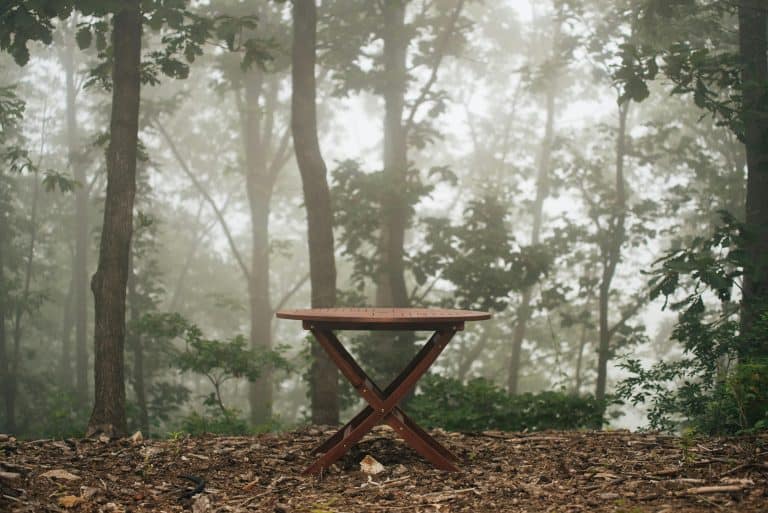As another beautiful summer winds down and we welcome the crisp air of fall, it’s time to think beyond pumpkin spice and cozy sweaters—your outdoor furniture needs seasonal care, too. Whether you’ve invested in a handcrafted cedar bench or a sleek modern patio set, the transition from summer to winter can be brutal on outdoor pieces. Moisture, temperature swings, and neglect can shorten the life of your furniture dramatically. Don’t panic, don’t stress. With these eight thoughtful steps, you can preserve your investment and keep your outdoor space ready for spring’s return.
Protect Outdoor Furniture

1. Know Your Materials
Different materials require different care. Teak and cedar are naturally weather-resistant but still benefit from oil treatments. Wrought iron and steel need rust prevention, while plastic and resin pieces can become brittle in freezing temperatures. Understanding what your furniture is made of is the first step to protecting it properly.
2. Clean Before You Cover
Before you tuck anything away, give it a thorough cleaning. Dirt and debris left on surfaces can trap moisture and lead to mold or mildew. Use a gentle soap and water solution for most materials and allow everything to dry completely before covering or storing.
3. Invest in Quality Covers
Not all furniture covers are created equal. Look for breathable, water-resistant options that fit snugly without trapping condensation. Covers should be UV-resistant to prevent fading and cracking, especially if your furniture remains exposed to sunlight during the colder months.
4. Elevate and Ventilate
If your furniture sits directly on the ground, consider elevating it slightly with bricks or risers. This helps prevent moisture from seeping in from below. Ventilation is key—avoid wrapping pieces too tightly, which can lead to trapped moisture and mildew.
5. Store Smartly
If you have the space, storing furniture indoors is ideal. Garages, sheds, or covered patios offer protection from snow and ice. Stack chairs carefully and avoid placing heavy items on cushions or soft materials that could become misshapen over time.
6. Treat Wood and Metal
Wood furniture benefits from a fresh coat of sealant or oil before winter. Metal pieces should be inspected for rust and treated with a rust-inhibitor or protective paint. These small maintenance tasks can extend the life of your furniture by years.
7. Don’t Forget the Cushions
Outdoor cushions and fabrics should be cleaned, dried, and stored separately. Even water-resistant materials can degrade if left exposed to the elements. Use vacuum-sealed bags or storage bins to keep them fresh and ready for spring.
8. Plan for Spring During Fall
As you prepare to protect outdoor furniture, think ahead to spring. Label storage bins, take photos of your setup, and make notes about any repairs or replacements needed. This proactive approach makes the seasonal transition smoother and more enjoyable.
Final Thoughts:
To keep your outdoor furniture looking its best year-round, consider investing in protective covers and rotating pieces seasonally. Covers shield against UV rays, moisture, and debris, extending the life of your patio setup. During colder months, move lightweight items into storage to prevent weather damage. Regular maintenance—like wiping down surfaces and tightening bolts—goes a long way in preserving both appearance and function. With a little care, your outdoor furniture can remain a stylish and durable centerpiece for every season.
Protecting outdoor furniture isn’t just about preserving aesthetics—it’s about honoring the spaces where we gather, relax, and connect. As the seasons shift, taking the time to care for your outdoor pieces ensures they’ll be ready to welcome you back when the warmth returns. With a little effort now, you’ll save money, reduce waste, and keep your outdoor sanctuary thriving year after year.







